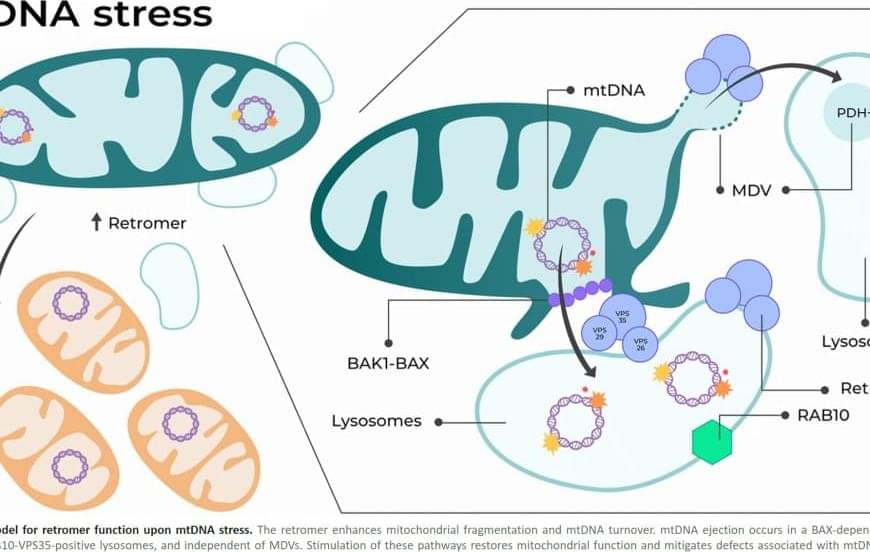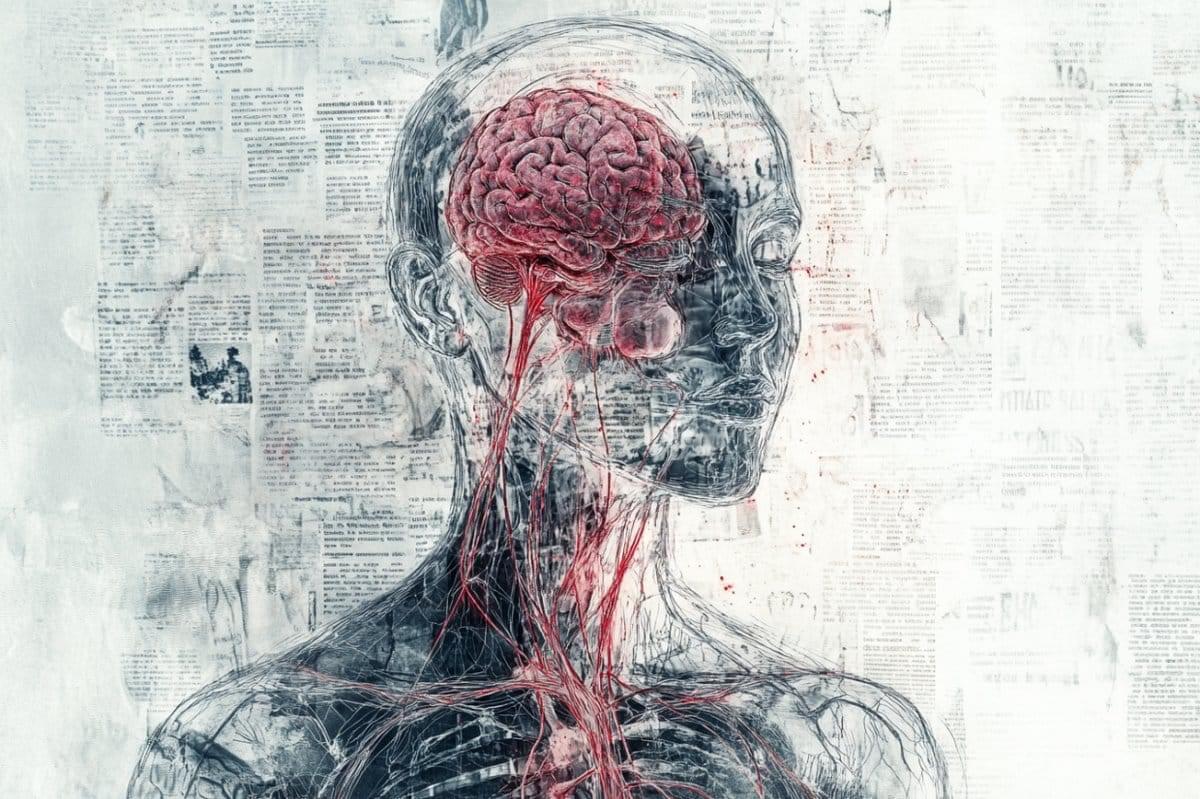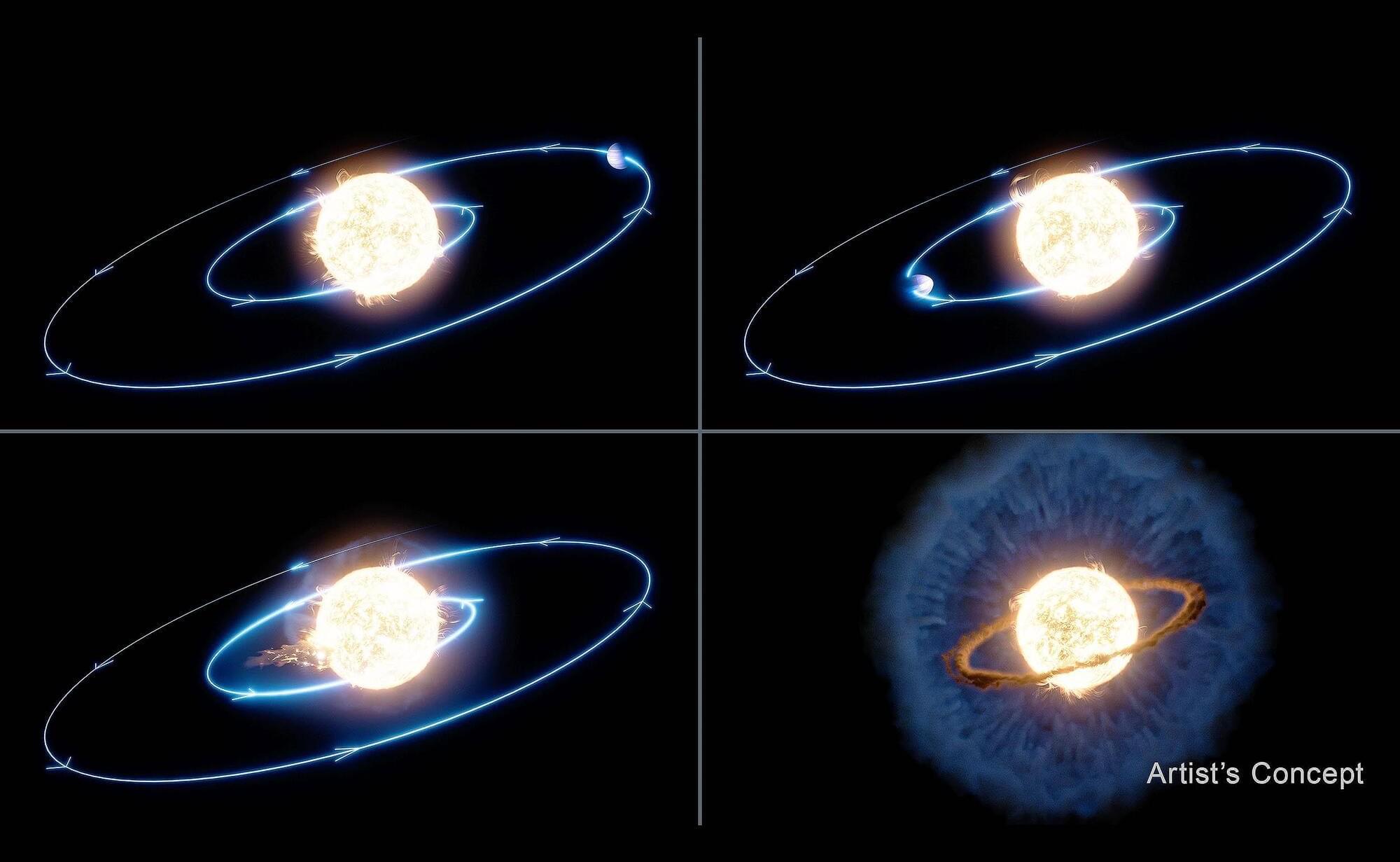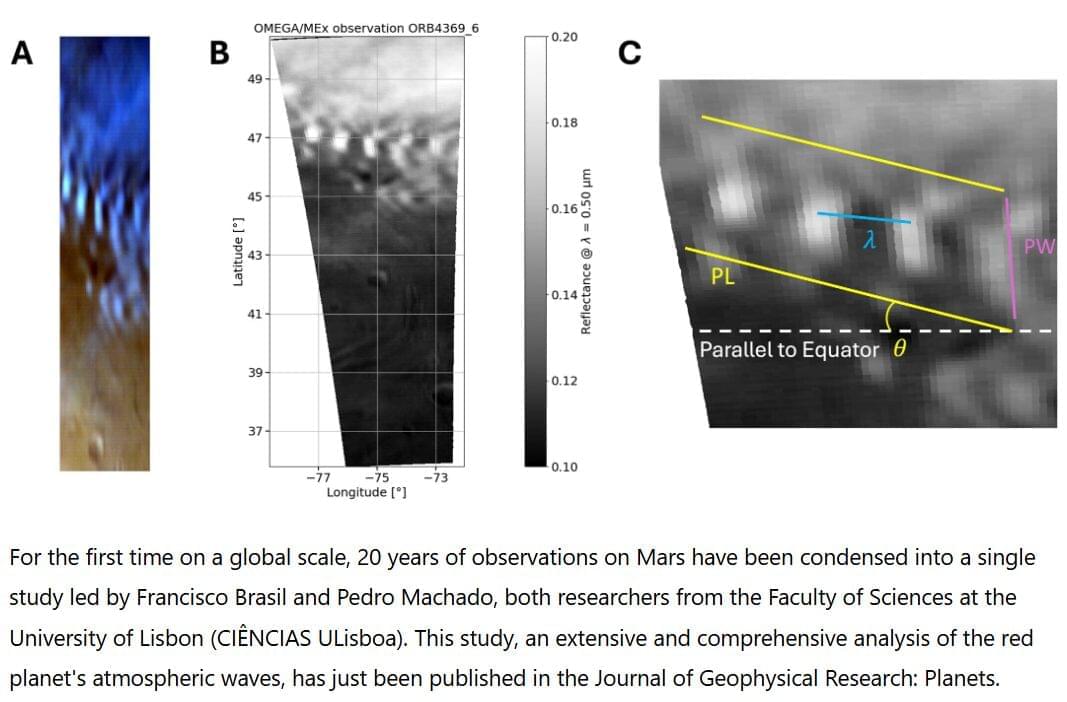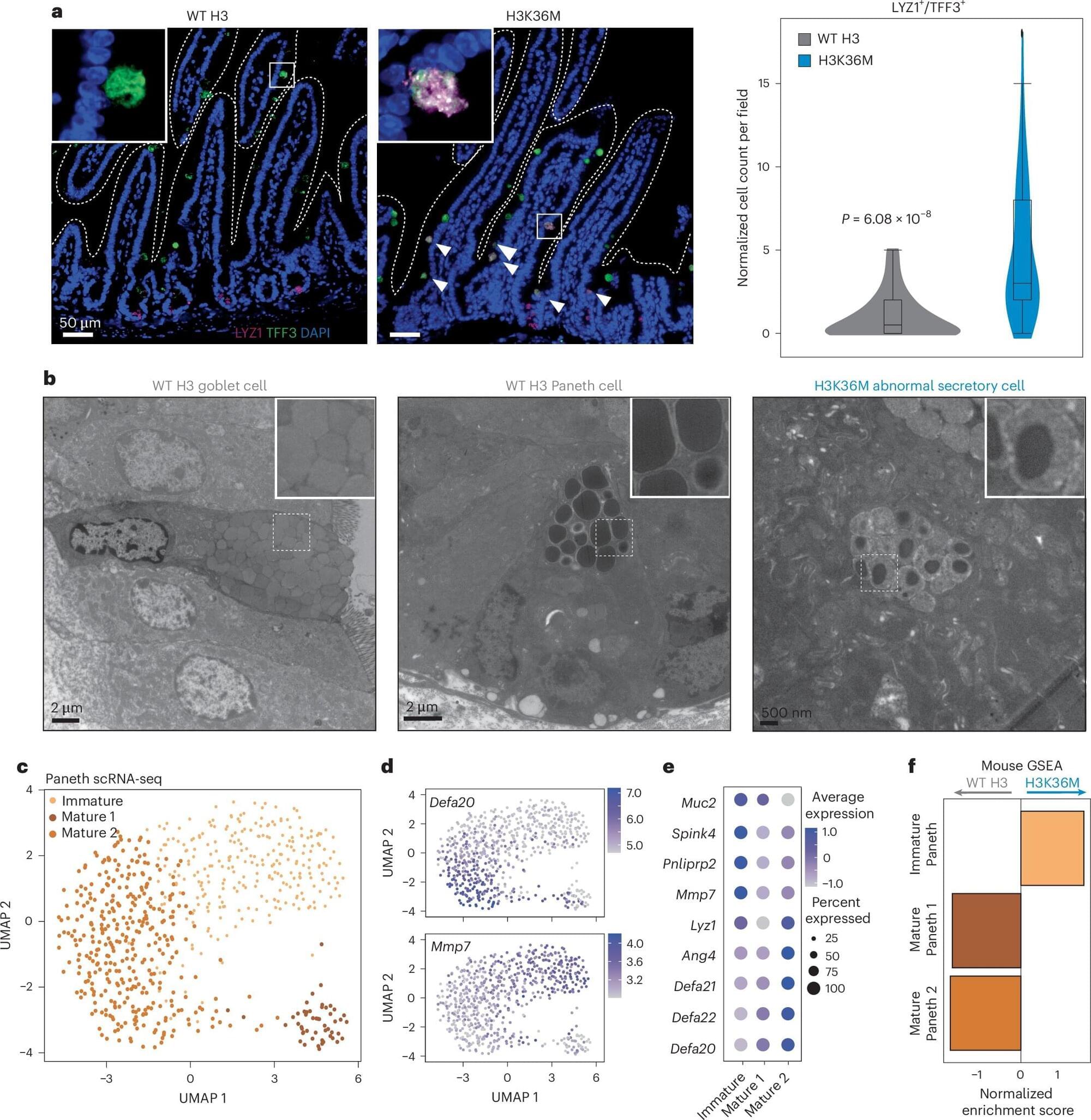Lead author Joseph Silk, a professor in the Department of Physics and Astronomy at Johns Hopkins University, explained that this discovery could change our understanding of how galaxies formed. We know these monster black holes exist at the center of galaxies near our Milky Way, but the big surprise now is that they were present at the beginning of the universe as well and were almost like building blocks or seeds for early galaxies.
The study, published in the Astrophysical Journal Letters, analyzed distant galaxies from the early universe observed through the Webb telescope. These galaxies appeared much brighter than expected and contained unusually high numbers of young stars and supermassive black holes.
The findings challenge the conventional idea that black holes formed after the collapse of supermassive stars and that galaxies formed after the first stars appeared. Instead, the analysis suggests that black holes and galaxies coexisted and influenced each other’s development during the first 100 million years of the universe.
